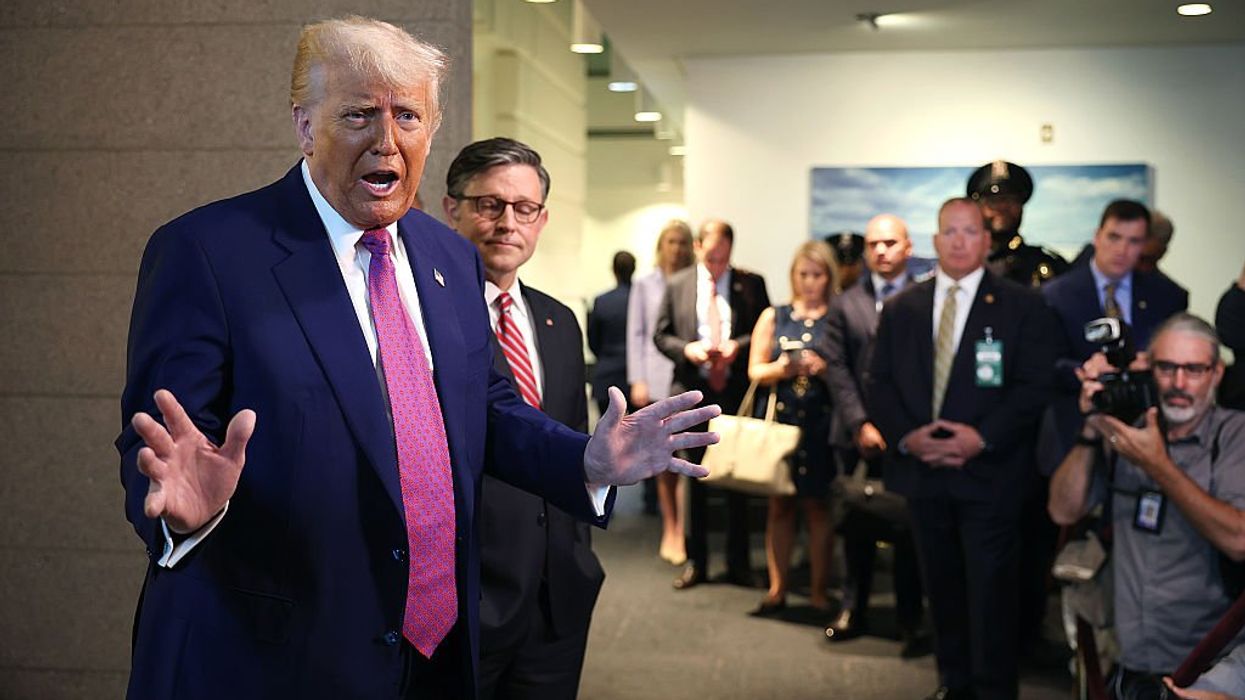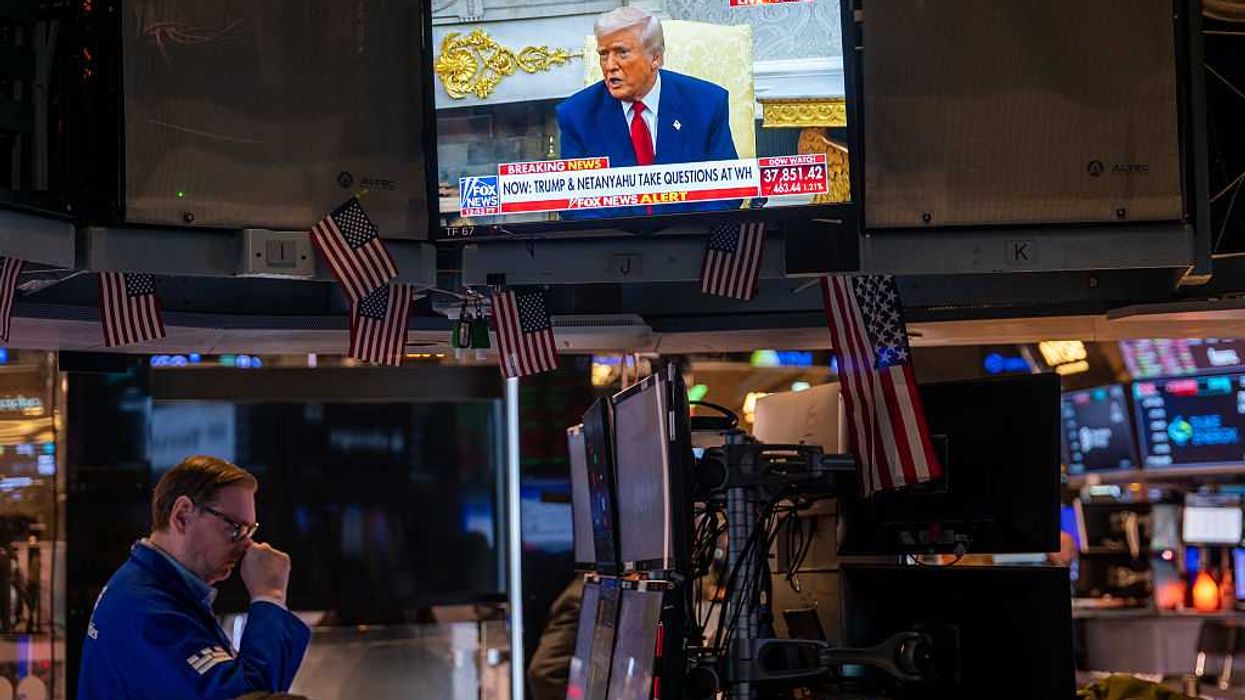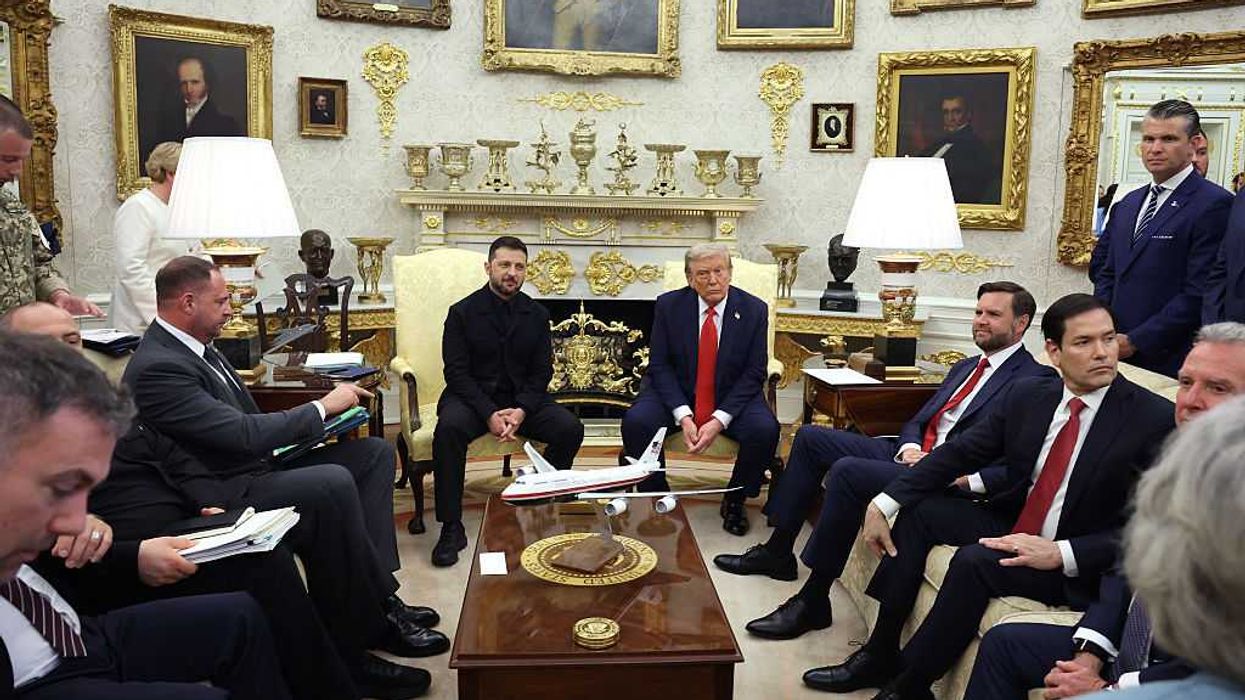Republican U.S. Senator Josh Hawley from Missouri is an unusual combo of right and left politics—kind of like an elephant combined with a donkey combined with a polar bear. And, yet, his views may augur the future of the Republican Party.
Many people view the Republican and Democratic parties as ideological monoliths, run by hardcore partisans and implacably positioned against each other. But, in fact, both parties have their internal divisions, influenced by various outside organizations. In the GOP, an intra-party battle is brewing between an economic populist wing with its more pro-labor positions and a traditional libertarian wing with its pro-free market stances.
Recently, Senator Hawley made headlines by calling on the Labor Department to investigate Tyson Foods, the largest meat company in America, after allegations by a whistleblower that it illegally employs child labor. Child labor decreased in the U.S. from 2000 through 2015, but from 2015 to 2022, under both the Trump and Biden administrations, the number of minors employed in violation of child labor laws surged by 283%.
Senator Hawley has also recently cast a vote to protect consumers from bank overdraft fees, introduced a bill to cap out-of-pocket insulin costs at $25 per month, walked union picket lines, and publicly opposed cuts to Medicaid —all positions that one might normally assign to a Democrat rather than a Republican. He has even expressed skepticism about extending the huge corporate tax cuts from Trump’s first term, saying they amount to “taxing the poor to give to the rich.”
What’s going on here? Is Senator Hawley the same archconservative from Missouri who was elected in 2019 at the age of 39 as the Senate’s youngest member—and, until recently, was best known for calling out “wokeness,” being “ 100% pro-life,” and for raising his fist in solidarity with the insurrectionists of January 6?
Increasingly within the GOP, Hawley is not alone in championing “the little guy and gal” on working-class issues. Vice President JD Vance has highlighted the plight of the white working class that he detailed in his bestselling book Hillbilly Elegy. Senator Tom Cotton of Arkansas has proposed increasing the minimum wage, and long the bane of mainstream libertarian Republicans. Senator Roger Marshall of Kansas has worked with Democrats like progressive Senator Elizabeth Warren to reduce credit card fees. Marshall has said, sounding like Democratic Senator Bernie Sanders or Rep. Alexandria Ocasio-Cortez, “I prioritize Main Street over Wall Street.”
Former Senator and now Secretary of State Marco Rubio is also part of this emergent GOP faction of economic populists. These Republicans tend not to be deficit hawks and are pro-tariffs. They embrace a role for private sector unions, even as Republicans invited Teamsters President Sean O’Brien to speak at its RNC presidential convention in 2024.
Traditional libertarian Republicans strike back
However, other Republicans of a more traditional “cut taxes and government” brand are pushing back. In the month-long budget battles in the House, old guard leaders like Rep. Chip Roy from Texas and the House Freedom Caucus have prioritized reducing government debt so that it’s not passed on to the nation’s children. And they are fine with cutting Medicaid and Social Security if necessary. Some deficit hawks, inspired by President Ronald Reagan, want to see budget cuts go even further.
The battle within the GOP is playing out mightily over the current Congressional budget bill. In different iterations of the bill, House Republicans have proposed to combine a $3.8 trillion tax cut with massive budget cuts to pay for it. According to the Center on Budget and Policy Priorities, people making over $1 million per year would benefit from about $90,000 in tax cuts while low- to middle-income Americans would receive only $90 to $1290 in tax cuts. Other analyses have reached similar conclusions. In fact, the total $105 billion tax cut going to the handful of households making over $1 million exceeds the total cut going to the 127 million households making under $100,000.
To pay for it, traditional Republicans have proposed slashing Medicaid, food stamps/SNAP, student loan spending, and clean energy programs. The Congressional Budget Office estimates the budget could cause 8.6 million Americans to lose their healthcare by the end of a decade. Will the GOP populists advocating for the little guy allow that to happen?
Younger generation of Republicans takes the lead
Besides their streaks of economic populism, a common feature of the new GOP leaders is that most of them are from a younger generation. And this intellectual shift can partly be traced to the emerging influence of a youngish, 40-something economist, Oren Cass, and his “new conservative” organization, American Compass. Cass, the author of an influential book, “ The Once and Future Worker,” which seeks to stake out common ground across partisan lines, is not so wedded to the libertarian free market brand of traditional Republicans. He also has a more benign view of labor unions and government regulation to harness markets.
Among other non-traditionally conservative ideas, Cass promotes a U.S. version of German-style co-determination, in which worker representation on corporate boards of directors would provide more input and influence. In Germany, such a structure has been a win-win toward labor-management cooperation on working conditions, wages, benefits, productivity, and employer-employee communication.
Economic populist Republicans also have advanced a broadening of workers’ access to Employee Stock Ownership Plans (ESOPs), which allow employees to become worker-owners in their business of employment and receive compensation beyond wages and benefits. First proposed by corporate and financial lawyer Louis O. Kelso in the 1970s, today 14 million U.S. worker-owners are covered by over 6000 ESOPs, almost as many workers as are members of labor unions, providing $127 billion annually for these employees.
Setting apart Cass, Hawley, and other emerging GOP leaders from their older counterparts is that they came of age not during the laissez-faire economic policies of the Reagan era but during the financial crisis of 2008. “A key driver for us,” Cass says, “is the fundamental insight that free markets aren’t delivering on the things we care about the most.” Hawley says, “Donald Trump’s election showed this: If the Republican Party is going to be a true majority party, we have to be pro-worker.”
This is the type of rhetoric and policies that used to distinguish Democrats from Republicans. But Cass says a blending of political identities is occurring that will play out over the next decade. This shift may herald a realignment in American politics in which the more educated and upper-income parts of the population will move left and large numbers of middle-class workers will move right.
Where is President Trump in all this? On the one hand, Trump also shows streaks of being an economic populist, at least rhetorically. In the past, he has promised to champion “the little guy” struggling to make ends meet. But in his policies, Trump seems to have pivoted from such campaign rhetoric to more traditional GOP policies, such as massive tax cuts that will mostly benefit the wealthy.
It remains to be seen whether all the rhetoric is just a type of “populist washing” to win votes from American workers or if the new GOP leaders have enough influence to pivot the Republican ship in a different policy direction. Which political party will speak most effectively on behalf of middle- and working-class Americans? That is what we are about to find out.
Steven Hill was policy director for the Center for Humane Technology, co-founder of FairVote, and political reform director at New America. You can reach him on X @StevenHill1776.




















